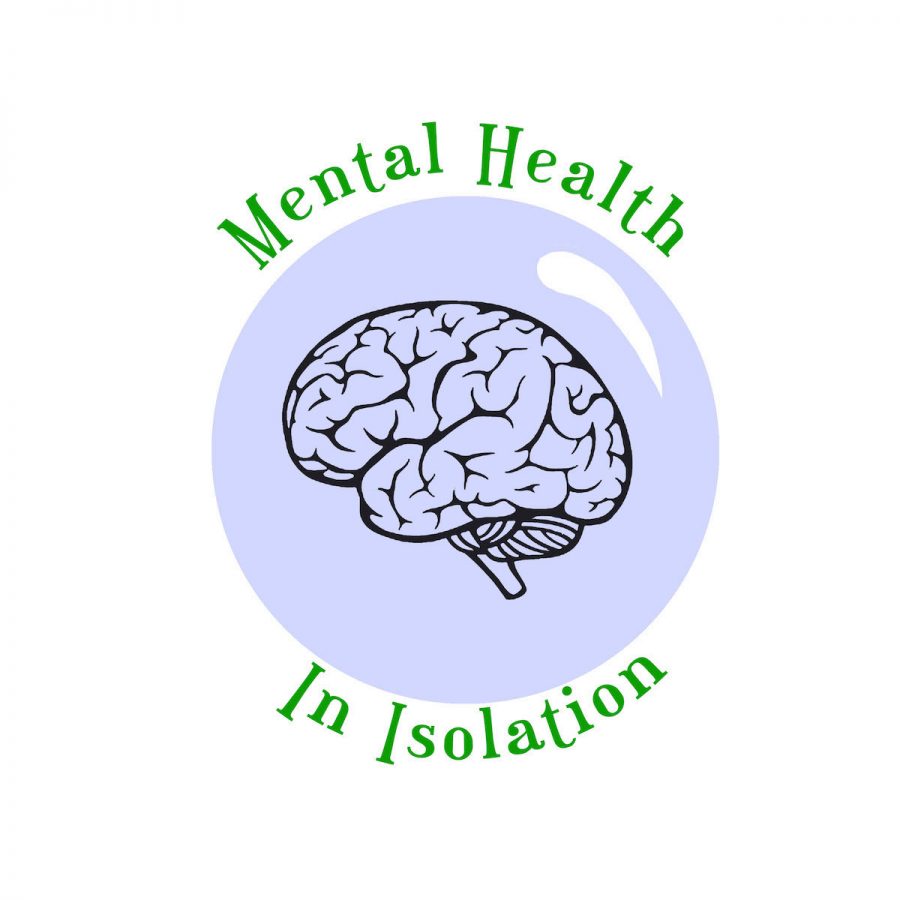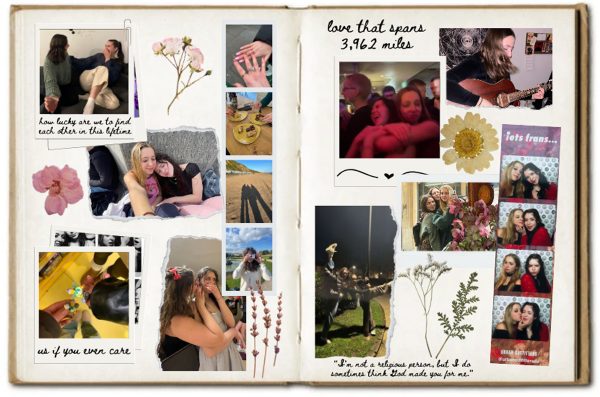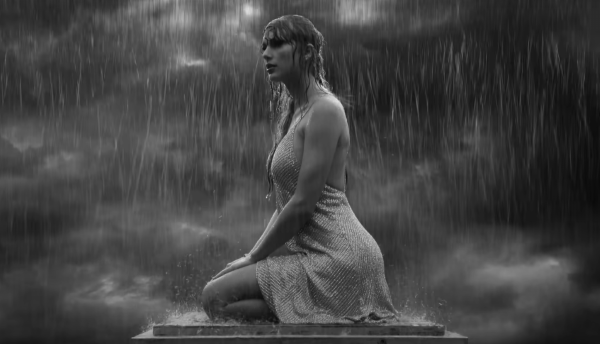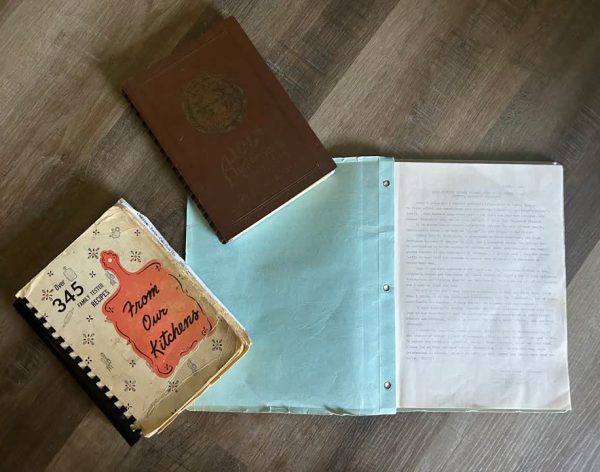Mental health in isolation
COVID-19 anxiety needs to be discussed
More stories from Grace Olson
Photo by Bethany Mennecke
This week I am going to talk about generalized anxiety disorder. As I have previously said, I want this column to be focused on mental illnesses and disorders that don’t normally get a lot of attention.
In my opinion I see anxiety and depression get talked about the most on social media and just in everyday life. With that being said, there are still a lot of stigmas and misunderstandings of these disorders, and I do want to spend time on them as well.
GAD is characterized by persistent and excessive worry about multiple different things, according to the Anxiety and Depression Association of America.
Those with GAD may expect disaster and may be overly concerned about money, health, family, work and other life issues.
GAD is usually only diagnosed when a person begins to find it difficult to control their worries on more days than they don’t, for at least six months.
For some, the thought of making their way through the day is what gives them anxiety. Individuals with GAD often don’t know how to stop their constant worry and feel it’s out of their control.
According to Mayo Clinic, there are multiple types of anxiety disorders but symptoms common among them include:
- Feelings of nervousness, restlessness and tenseness
- A sense of impending danger or panic
- Increased heart rate
- Sweating
- Shaking
- Feeling weak or tired
- Trouble sleeping
- Wanting to avoid things that will trigger anxiety
- Trouble concentrating
The ADAA states when an individual’s anxiety level is mild to moderate or if the individual has treatment, they can function socially and have full lives.
In a time like now with so much uncertainty, people who already have anxiety will probably feel even more anxious.
And those who didn’t have an anxiety disorder before COVID-19, may have developed one during the pandemic.
In a “Healthline” article, Julia Ries said nearly 20% of COVID-19 patients developed a mental health issue, like depression, anxiety or dementia within three months of a diagnosis.
In my experience of spending an entire year pretty much inside and not knowing what’s going to happen next, I definitely noticed a rise in my anxiety.
There’s just something about not knowing what’s going to happen next with COVID-19 that brings me — and a lot of others — fear.
At this time, there seems to be a lot of progress with rising vaccines, but I can’t seem to let my hopes get too high until cases really start going down.
Before COVID-19, I always loved having my days off when I didn’t have to leave the house, and while it’s still important to give yourself a break, I would do almost anything to have a crazy busy day again.
Don’t get me wrong, being in college and working two jobs still keeps me plenty busy but instead of being able to go to campus and get food and see friends, I’m doing a majority of my work hunched over my desk, typing on my laptop.
This constant lack of motion seems to keep a lot of my energy locked up inside which somehow seems to tire me out by the end of the day.
I know this is a similar situation for many people. Not being able to move around during the day can create a sense of restlessness and the fear of getting sick or losing a loved one due to COVID-19 can bring on a lot of stress and anxiety.
For emergency support, text CONNECT to 741741 to talk to a trained counselor. For a list of crisis numbers to call or text and websites to visit, click here.
Olson can be reached at [email protected].











